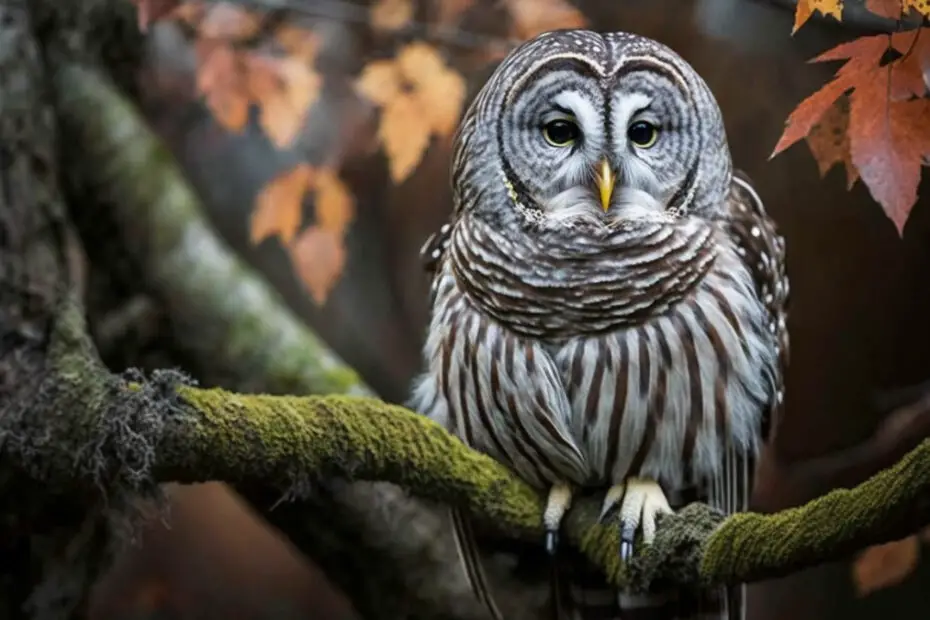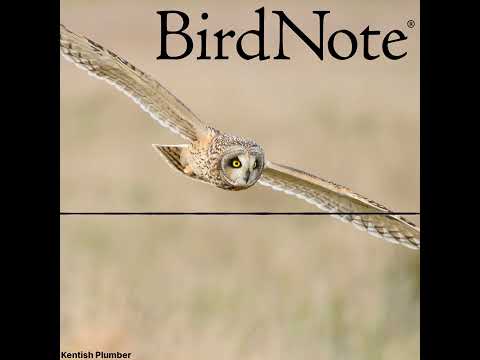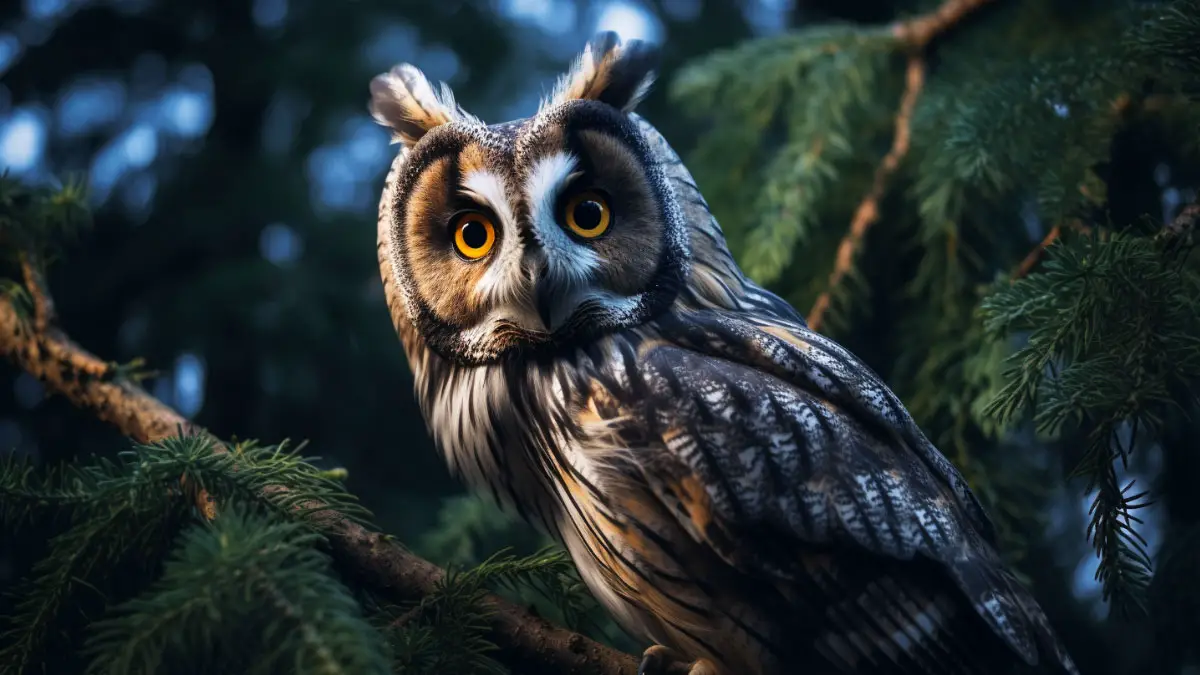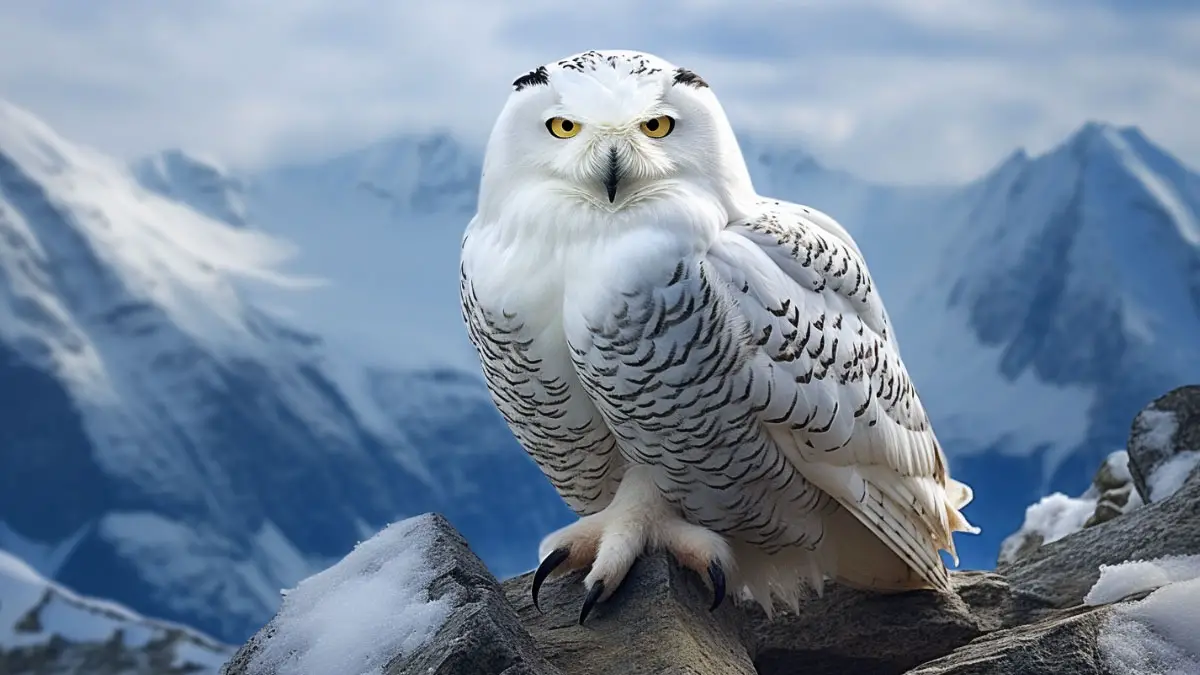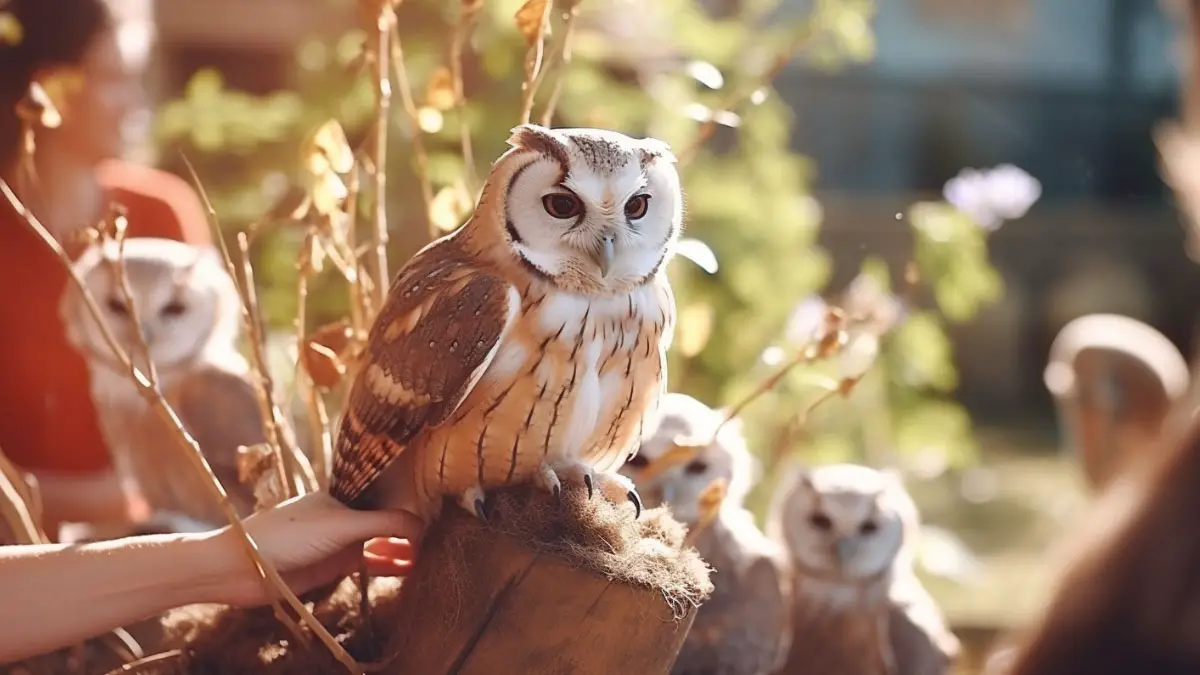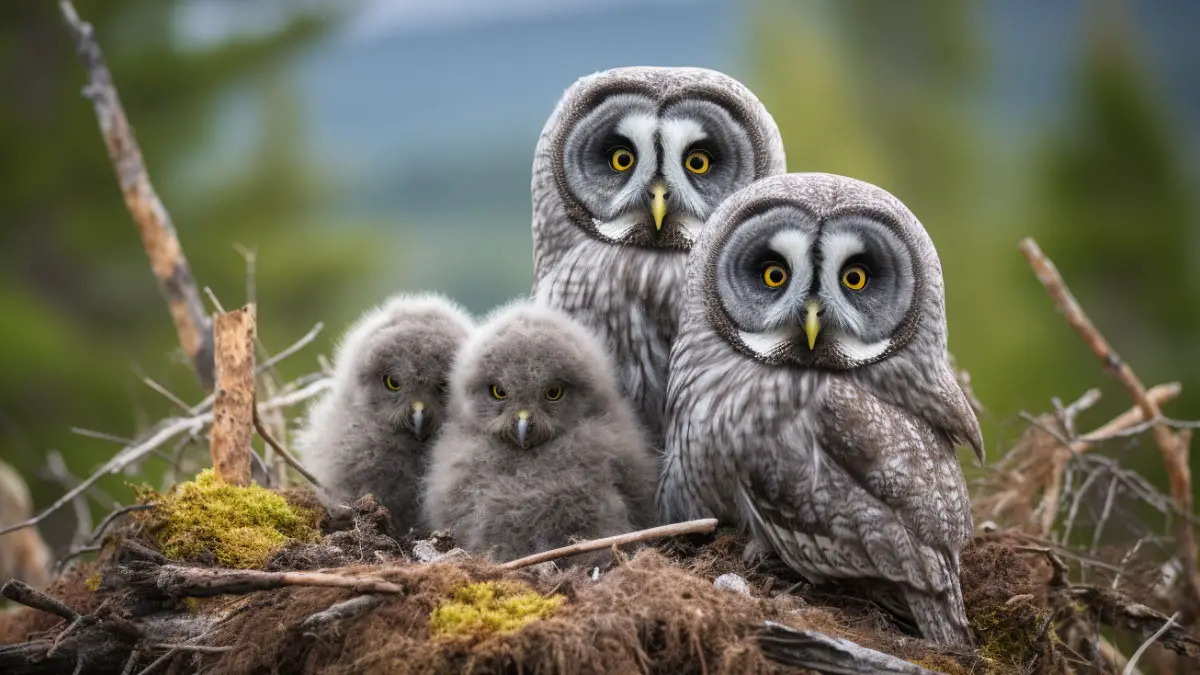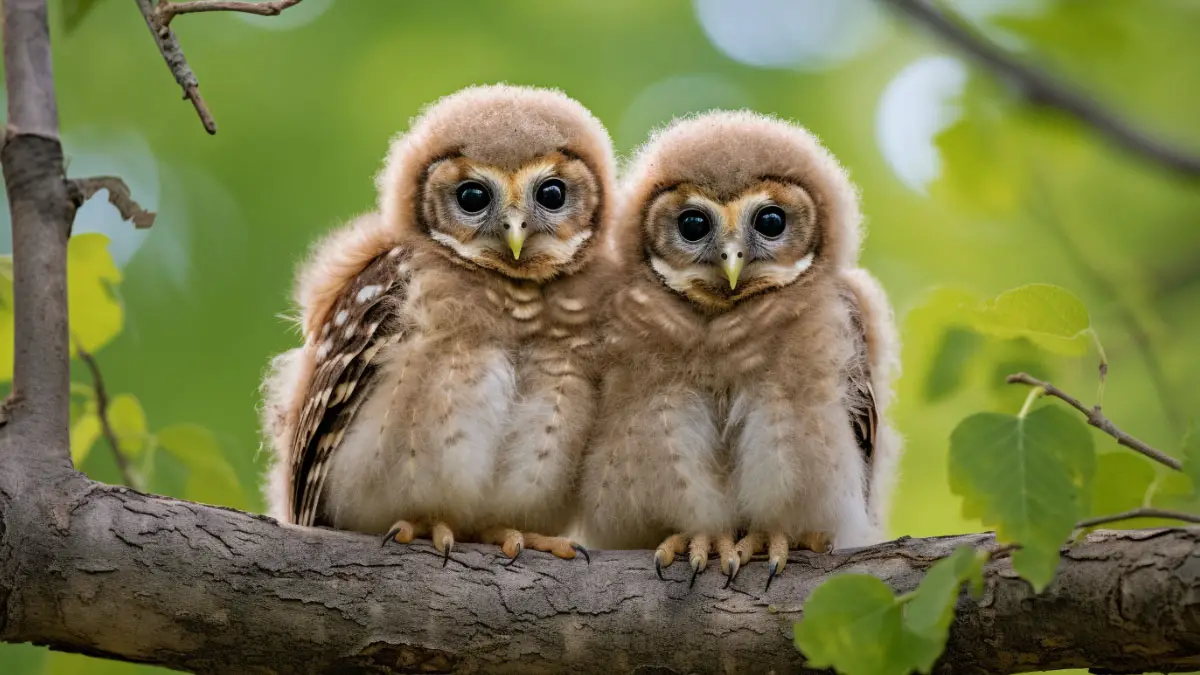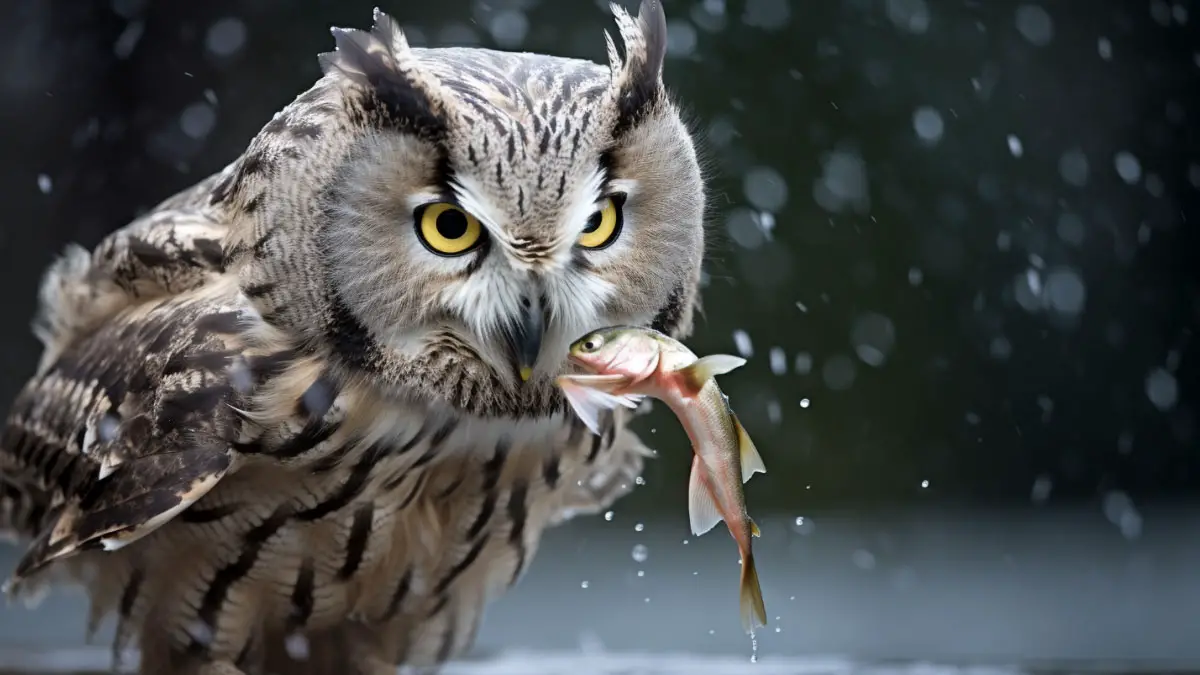Migration is a seasonal movement of birds in th winter and owls are adapted to a wide range of habitats. Thus, some species of these birds respond differently to changes in weather and food availability.
So the question is, do owls migrate or hibernate in the winter? Yes, some owls migrate to different regions in the winter, while others don’t migrate but rather remain in the same area year-round. And none of the owl species undergoes true hibernation.
Instead, they may use their dense feather coverings and other adaptations to help them survive the colder climate. In this article, let’s find out more behavioral facts about owls.
Do Owls Migrate or Hibernate in the Winter?
Owls adapt easily to changes in weather conditions and this is one of their unique traits which helps them to pull through during harsh weather. But do they migrate or hibernate?
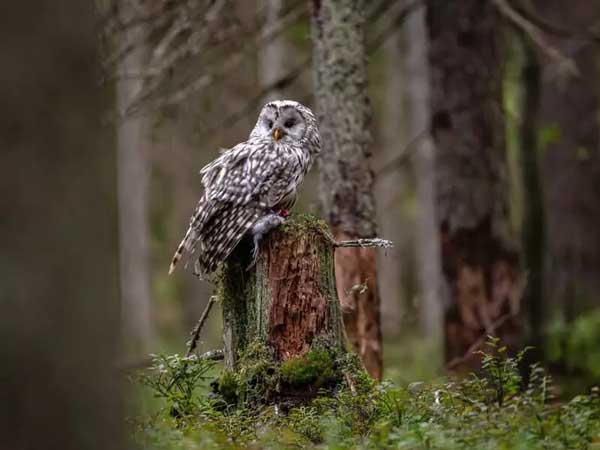
Migration of owls
A few species of owls migrate to different regions during the winter in search of food and more favorable weather climates. Other species of owls are non-migratory and stay in the same neighborhood year-round.
Accordingly, some non-migratory owls may become less active during colder months and may spend more time roosting. Thus, they may use their thick feather coverings and other adaptation techniques to help them survive or overcome the colder weather. Watch this video to know about owls’ migration
Hibernation of owls
But do owls hibernate? Owls do not commonly hibernate, but some species may experience periods of torpor. This is a state of reduced physiological activity during particularly cold or scarce periods.
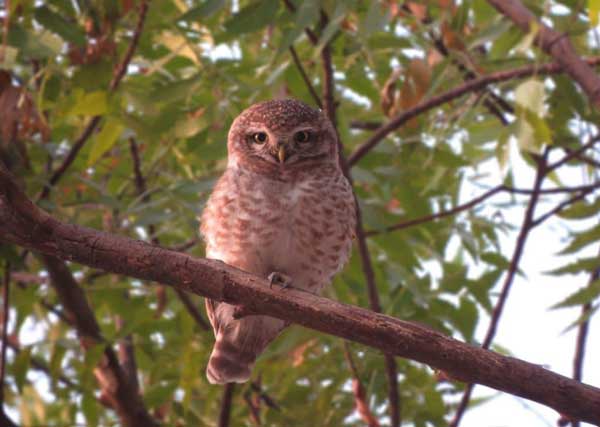
However, torpor is not the same as true hibernation. This is a prolonged period of deep sleep during which the animal’s body temperature and metabolism are significantly reduced.
Do Owls Migrate During The Winter?
Yes, some species of owls migrate to different neighborhoods in the winter. But many owls easily adapt to withstand cold temperatures because of their thick feather coverings.
Additionally, owls that live in temperate regions, where there are significant seasonal changes, are more likely to migrate than owls live in tropical regions with more consistent climates.
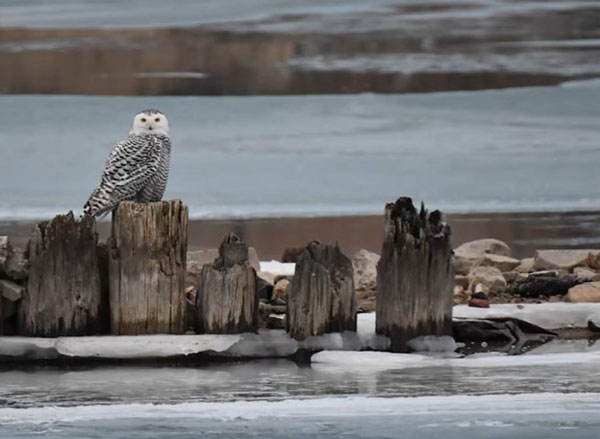
Some species of owls that migrate include the short-eared owl, the snowy owl, the northern hawk owl, and the saw-whet owl.
However, other species of owls, such as the great horned owl, and the barred owl, are non-migratory and remain in the same area till year’s end. These owls can adapt to the changing seasons by finding food and shelter to survive the colder months.
It is also worth noting that while some owls migrate, others may engage in a behavior known as “partial migration.” This is where they move to different areas within their range in response to changes in food availability.
Check this video to learn how owls survive in the winter
What Happens To Owls In The Winter?
Most owls survive effortlessly during the winter because of their thick undercoat of feathers and unique adaptation traits. But some migrate to other warmer regions. While others remain in their territory, for example, barn owls in winter period may roost inside a barn loft or on a high section of an old building.
Also, they can seek refuge in a sheltered portion of a tree or a hollow to avoid strong wind or precipitation. In the winter, owls may struggle to locate their regular prey, which can be less active or hidden by snow.
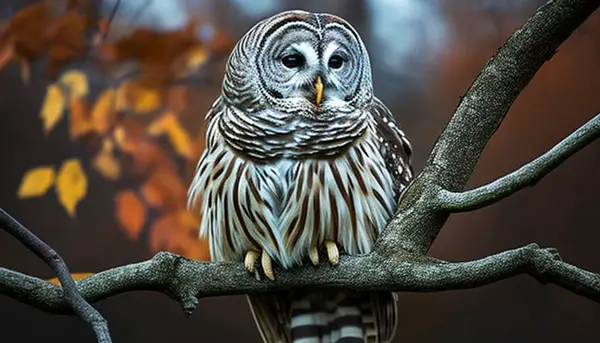
However, owls have developed adaptations that enable them to successfully forage for food and maintain their body heat during this season
How Do Owls Stay Warm In The Winter?
Owls can easily adjust to survive cold weather. Also, they have several strategies for staying warm during the winter months. One of the most important ways that owls remain warm is through the insulation provided by their feathers.
This bird has a double covering of feathers, with a layer of down feathers next to their skin and a layer of contour feathers on top. The down feathers provide insulation to help keep the owl warm, while the contour feathers help to keep the wind and moisture out.
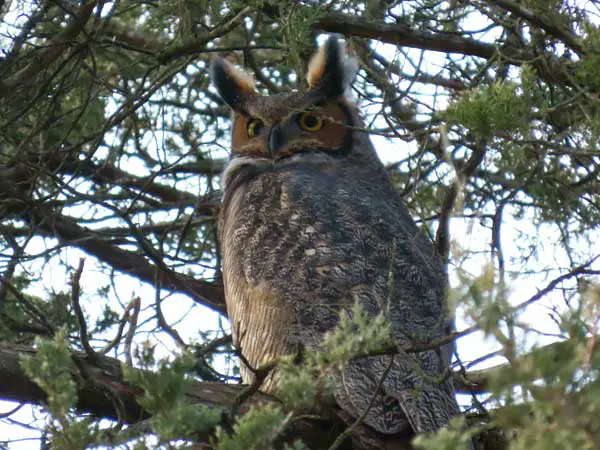
Owls also have a layer of fat under their skin that they can use as an energy reserve during times when food is scarce. Also, they can fluff up their feathers to create an extra layer of insulation.
In addition to these physical adaptations, owls may also use behavioral strategies to stay warm, such as roosting in protected areas or huddling together with other owls for warmth.
Do Owls Migrate In The Fall?
Yes, some species of owls migrate to different areas during the fall in preparation for the colder winter months. These species (snowy owl, the short-eared owl and others) may migrate to different parts of the same region or entirely different regions.
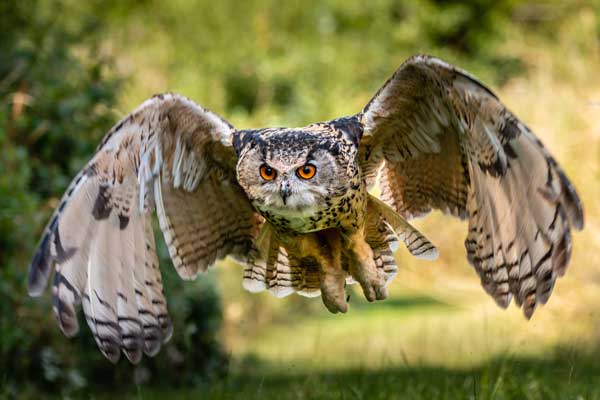
But that depends on the specific habitat and ecological conditions of the area where they live. However, remember that not all species of owls migrate during the fall or winter, and the specific migratory habits of different owl species can vary widely.
Do Snowy Owls Migrate?
Yes, the snowy owl is a beautiful migratory bird that travels to various locations during the winter to find sustenance and more pleasant weather. Both adult and baby snowy owls can endure cold temperatures and can be found in the Arctic regions of Asia, Europe, and North America.
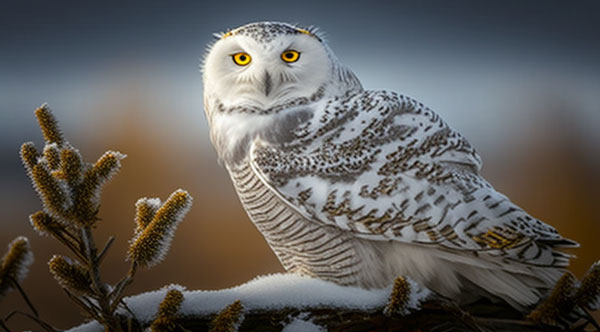
They typically breed in the Arctic tundra and migrate southward during the winter months in search of food. Besides, snowy owls are known for their distinctive white plumage and yellow eyes.
Are Owls Warm blooded?
Yes, owls are warm-blooded animals, which means that they can regulate their body temperature internally. They do not rely on external sources of heat or cold.
This ability to regulate their body temperature allows owls to maintain their body temperature. It works at a level that is optimal for their physiological functions, even in cold weather.
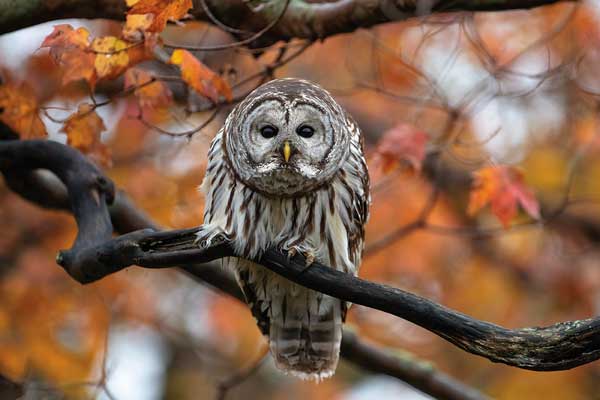
Likewise, owls have several physical adaptations that help them to stay warm. That includes a thick layer of feathers that provide insulation and a layer of fat under their skin that helps to conserve a good amount of energy.
Also, they can fluff up their feathers to create an extra layer of insulation. These adaptations help owls to maintain their body temperature and survive during harsh weather.
Factors That Make Owls Migrate
Several factors can influence whether and when owls migrate. Some of the most common factors that may cause owls to migrate include:
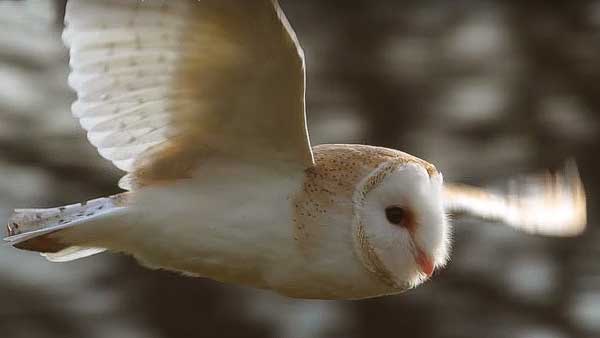
Seasonal Changes
Many species of owls migrate to take advantage of changing food sources, temperatures, and daylight hours. For example, some owls may migrate to areas with a higher concentration of prey or to take advantage of milder winter temperatures.
Changes In Habitat
Owls may migrate to new areas if their current habitat becomes inhospitable due to factors such as habitat loss, degradation, or extreme weather conditions.
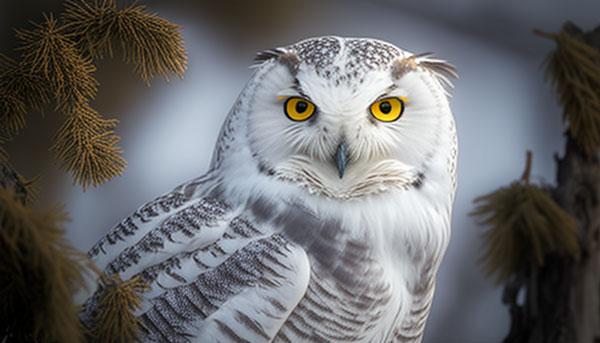
Breeding And Nesting
Some owls migrate to specific breeding or nesting sites, often to take advantage of abundant food sources or to avoid competition with other owls.
Population Dynamics
In some cases, owls may migrate to maintain a balance in their populations. For example, if the population of a particular species becomes too dense in one area, some individuals may migrate to reduce competition for resources.
Types Of Owls
There are over 200 species of owls found throughout the world. Some of the most well-known species of owls include:
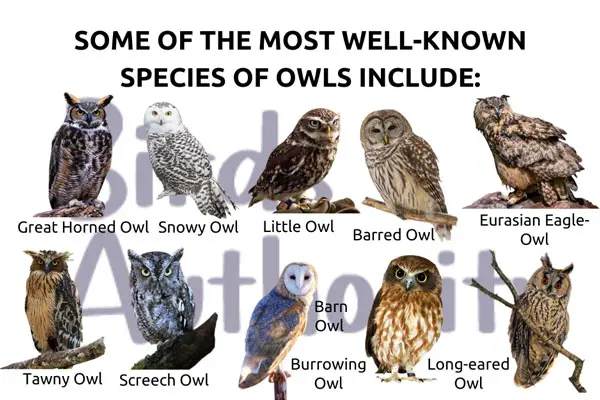
- Snowy Owl
- Great Horned Owl
- Barn Owl
- Eurasian Eagle-Owl
- Little Owl
- Long-eared Owl
- Barred Owl
- Burrowing Owl
- Tawny Owl
- Screech Owl
These are just a few examples of the multiple types of owls that can be found worldwide. Each species has its unique characteristics and behaviors, and all play important roles in their respective ecosystems.
FAQs
People also ask different questions regarding owls’ migration and hibernation. Let’s answer them below.
No, in cold periods, most owls do not go away because they adapt or adjust to weather conditions easily. But they get highly affected by the winter due to less food supply.
Yes. The short-eared owl is mostly found in the UK and migrates during the winter or periods of food shortage.
Snowy owls are known for their long-distance migrations from the North American Arctic tundra to the southward in the winter months when food is scarce in their native range.
Conclusion
By now, I hope we’ve answered, “do owls migrate or hibernate in the winter.” Owls are predators found on all continents of the world except the Antarctic region. Some species migrate in winter periods, while some are non-migratory.
Also, owls don’t hibernate because of their special adaptive features to withstand any weather condition. However, some owls may engage in a behavior known as “partial migration,” Overall, the decision for an owl to migrate or not is determined by the species and its particular ecological needs.
